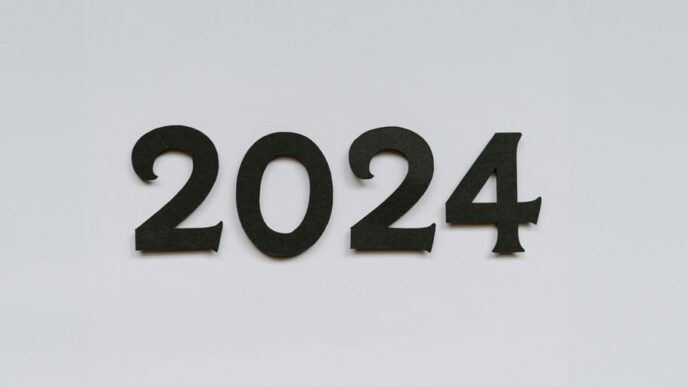The process of resettlement is often seen as the end of a refugee’s journey, except the ghosts of war, genocide, and displacement continue to haunt the minds and souls of these men and women.
The Vietnam War resulted in over 1 million Vietnamese deaths while the Cambodian genocide wiped out nearly 25% of the nation’s citizens. The Secret War, during which the U.S. dropped more than 2 million bombs on Laos, also contributed to the crisis.
History is fading, but “quiet neglect” is the plight of many Southeast Asian Americans (SEAAs) due to the U.S. shrouding the Vietnam and Laotian “secret” wars in silence. Today, over 2.5 million people from this community call the United States home, yet the resulting silence that SEAAs have faced has now become institutionalized.
Intergenerational trauma is a cycle that doesn’t stop with those who have lived through war. The fear it leaves behind is in the genes of children from those survivors, who inherited issues like hypervigilance, hypertension, and crippling anxiety.
Even with everything they have been through, SEAAs are still the least likely racial group to access mental health services.
This article will explore how we can break the cycle of intergenerational trauma in our families.
Moving Beyond the Stigma
There’s a real stigma surrounding mental health in Southeast Asian communities.
In Laos, the only word for “mental health” translates to “crazy person.” Understandably, this doesn’t inspire much confidence in mental health services.
Zack Darrah, former director of Fresno Interdenominational Refugee Ministries (FIRM), explained that in Southeast Asia, seeking therapy is considered taboo. Some believe it can bring shame to an entire family, creating a vicious cycle that keeps Southeast Asian Americans from accessing the treatment they need.
Then there’s the issue of finding culturally and linguistically appropriate care. Language barriers present a problem. In addition, SEAA families may worry about talking to a therapist.
Despite any reassurance of confidentiality, refugees are often considered “traitors” in their home country, and they may be reluctant to disclose their experiences to a third party.
Understanding the Cycle of Inherited Trauma
SEAA refugees may have escaped war and feel safer in their new environments, yet they still struggle to process the trauma they’ve endured. As a result, they may avoid talking about what they’ve gone through – even within their own families.
When parents suffer from emotional wounds, they risk transferring pain to their children and future generations. Refugees from Southeast Asia are at the highest risk for Post-Traumatic Stress Disorder (PTSD). One study showed that 70% of SEAA refugees receiving mental healthcare have experienced PTSD.
A 2005 study found that 51% of older Cambodian adults had major depression, compared to just 3% of the general U.S. population.
The difficulties don’t end there. A 2019 survey reported that over 60% of SEAAs associated their mental health challenges with trauma or intergenerational trauma.
One could argue that schools also contribute to the cycle; there’s an overarching lack of curricula on wars in Southeast Asia or SEAA immigration in U.S. schools.
Consequently, many students feel their families’ memories – their trauma – are invisible to their peers.
Integrating Culturally Competent Therapy
This cycle of intergenerational trauma cannot continue. Therapy must be accessible to SEAA refugees and their families – and tailored to meet their needs.
Therapist Paul Hoang, who works in Southern California’s Fountain Valley, cites the importance of culturally competent care. He founded the Moving Forward Psychological Institute, a community clinic that provides therapy in English, Vietnamese, and Spanish.
Hoang explains that his work is rooted in cultural adaptation and humility. He and his team are hyper-aware of the different backgrounds that might inform a person’s experience, and they strive to include this outlook in each client’s mental healthcare.
“When we work with someone, we always ask that person to help us understand: What do you mean when you say this? Can you help me understand how you understand your experience?” Hoang explained. “In that way, we don’t project any of our own assumptions onto that person.”
Solutions for a Resilient Future
Few people are aware of mental health services like Hoang’s, which is why communities need to strengthen their SEAA support networks and advocate for policies and programs that promote a more resilient future.
To break the cycle of intergenerational trauma, Southeast Asian Americans need access to high-quality, affordable mental healthcare. Stakeholders need to fund research on community-specific needs, and invest in trauma-informed mental health services. Community education, outreach, and early intervention are just the beginning.
It’s up to all of us – the community, mental health professionals, and policymakers – to break the silence and effect change.
If you’re feeling overwhelmed with sadness, depression, or anxiety, kindly refer to this AAPI Mental Health Resource to help you find the support you need.
For more information about the author, please contact Nina K. Billingsley here.













